Roman emperors who left indelible marks on the world
The Roman Empire is often celebrated for its architectural wonders and military prowess, but behind these achievements were leaders whose decisions shaped the course of history. From the founding of the empire to its expansion and eventual decline, the role of its emperors was pivotal. These rulers were not just figureheads; they were often skilled politicians, military strategists, and reformers who left indelible marks on the empire and the world.
The Importance of Competent Leadership in Ancient Rome
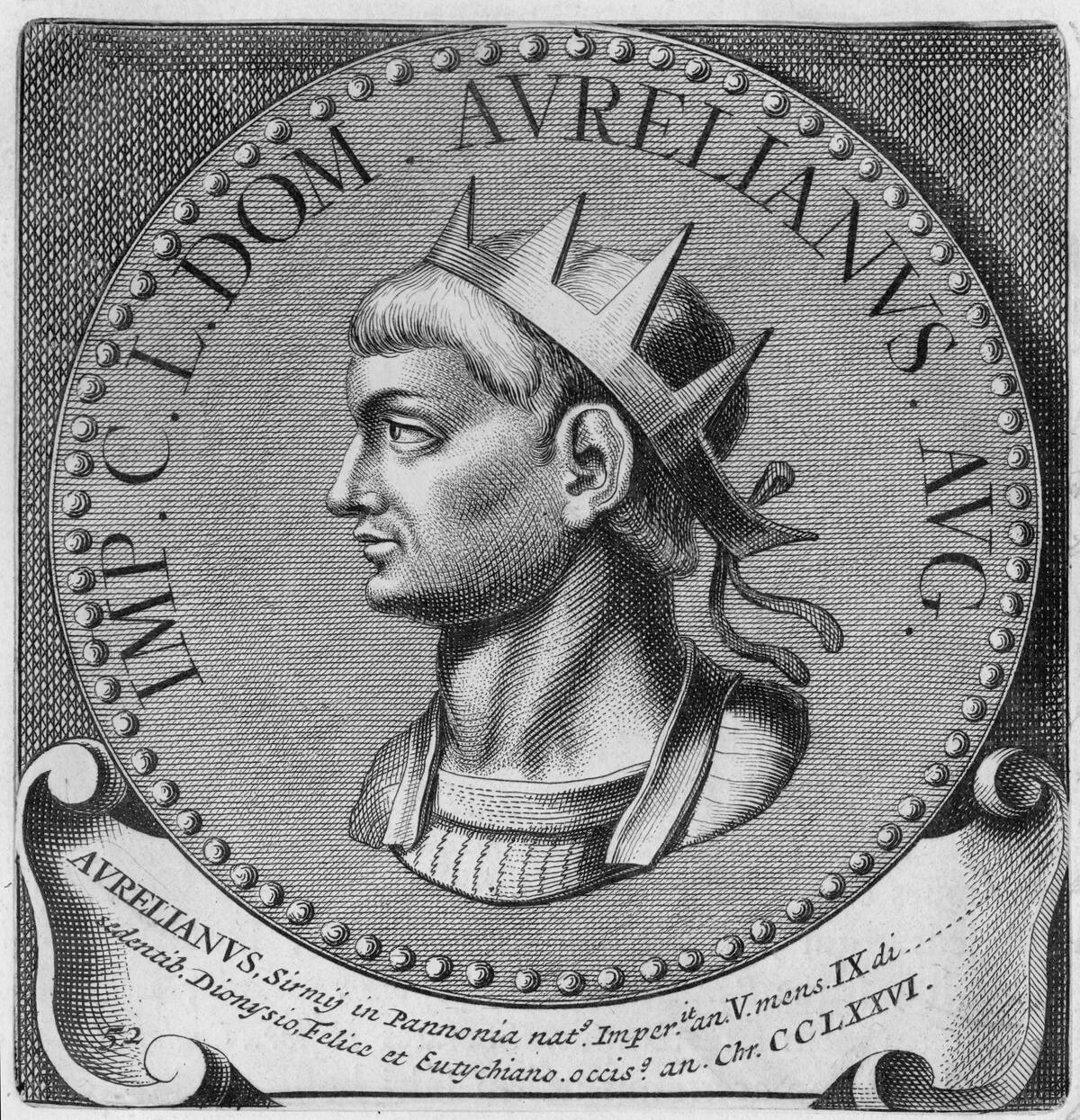
Competent leadership was crucial in maintaining the stability and prosperity of the Roman Empire. Emperors needed to be adept at managing vast territories, diverse populations, and complex political landscapes. Their ability to enact reforms, lead military campaigns, and maintain public morale often determined the empire’s success or failure. A capable leader could usher in an era of peace and economic growth, while a poor one might lead to internal strife and decline.
Augustus: The First Emperor and His Lasting Legacy
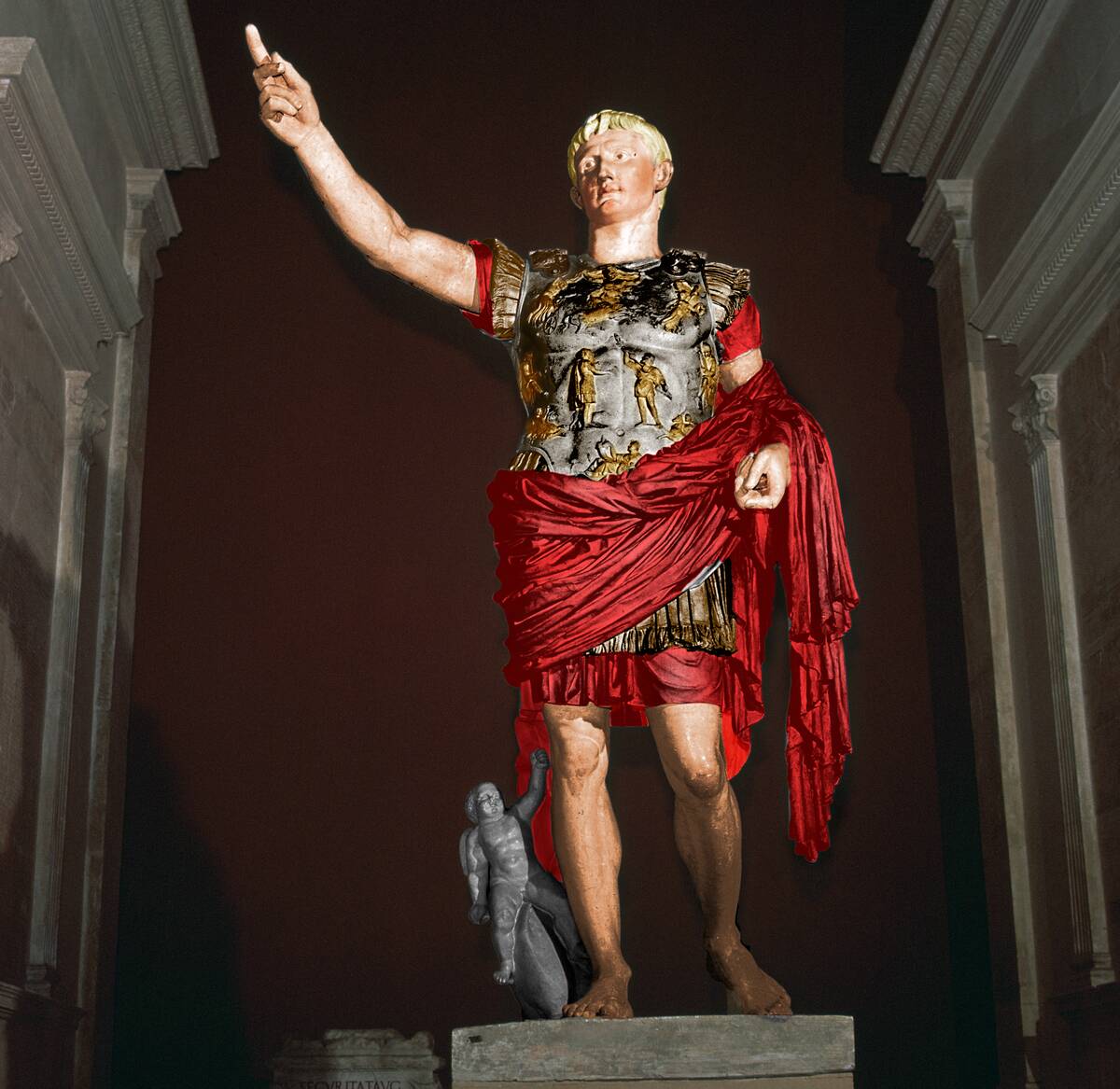
Augustus, originally known as Octavian, was the first emperor of Rome and laid the foundation for the empire’s future prosperity. He cleverly maintained the facade of republican governance while holding ultimate power, a political masterstroke that ensured stability. His reign marked the beginning of the Pax Romana, a period of relative peace and prosperity lasting over two centuries. Augustus also initiated vast building projects, enhancing Rome’s infrastructure and leaving an enduring legacy.
Trajan: The Conqueror with a Humanitarian Heart
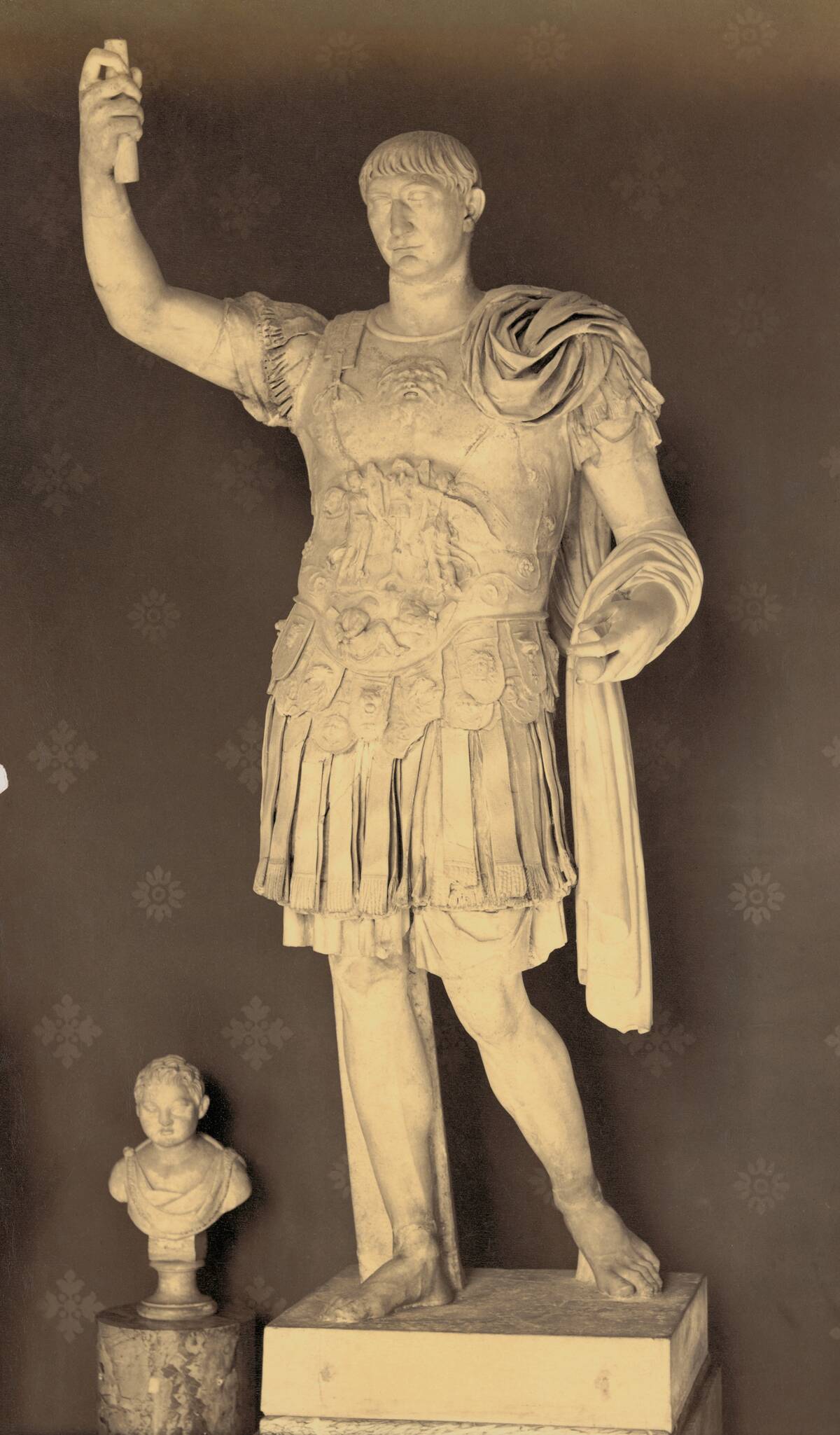
Trajan is often remembered as one of Rome’s greatest emperors, known for his military conquests and humanitarian efforts. Under his rule, the empire reached its maximum territorial extent, with successful campaigns in Dacia and the Middle East. Despite his military focus, Trajan was also a champion of public welfare, implementing social reforms and massive building projects, including the famous Trajan’s Market in Rome. His balanced approach earned him a reputation as a benevolent ruler.
Hadrian: The Emperor Who Built Walls and Bridges
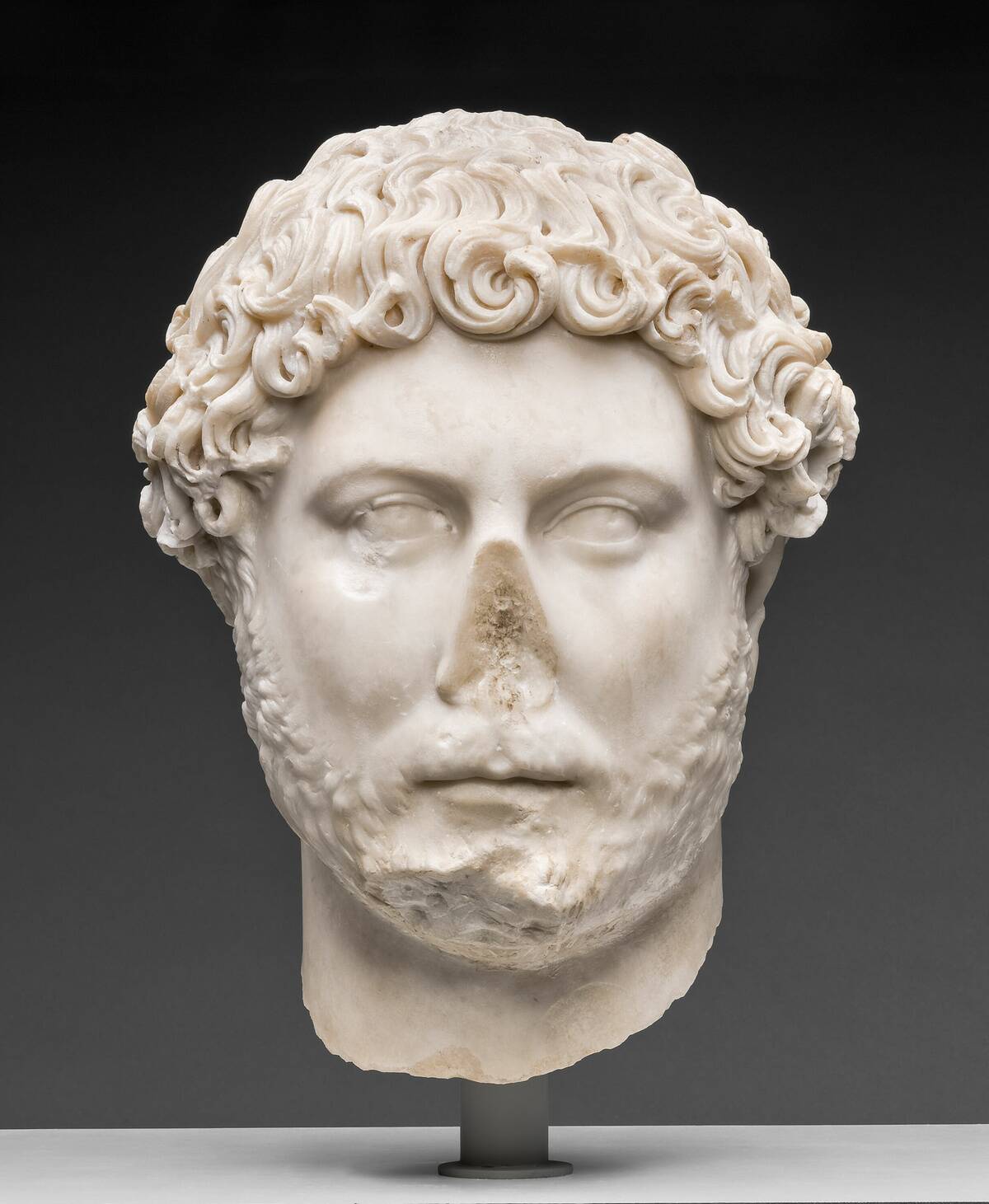
Hadrian is perhaps best known for his construction of Hadrian’s Wall in Britain, marking the northern limit of the Roman Empire. Unlike his predecessor Trajan, Hadrian focused on consolidating and securing the empire’s existing territories rather than expanding them. He traveled extensively throughout the empire, strengthening its defenses and fostering unity. Hadrian also invested in cultural and architectural projects, leaving behind iconic structures like the Pantheon in Rome.
Marcus Aurelius: The Philosopher King
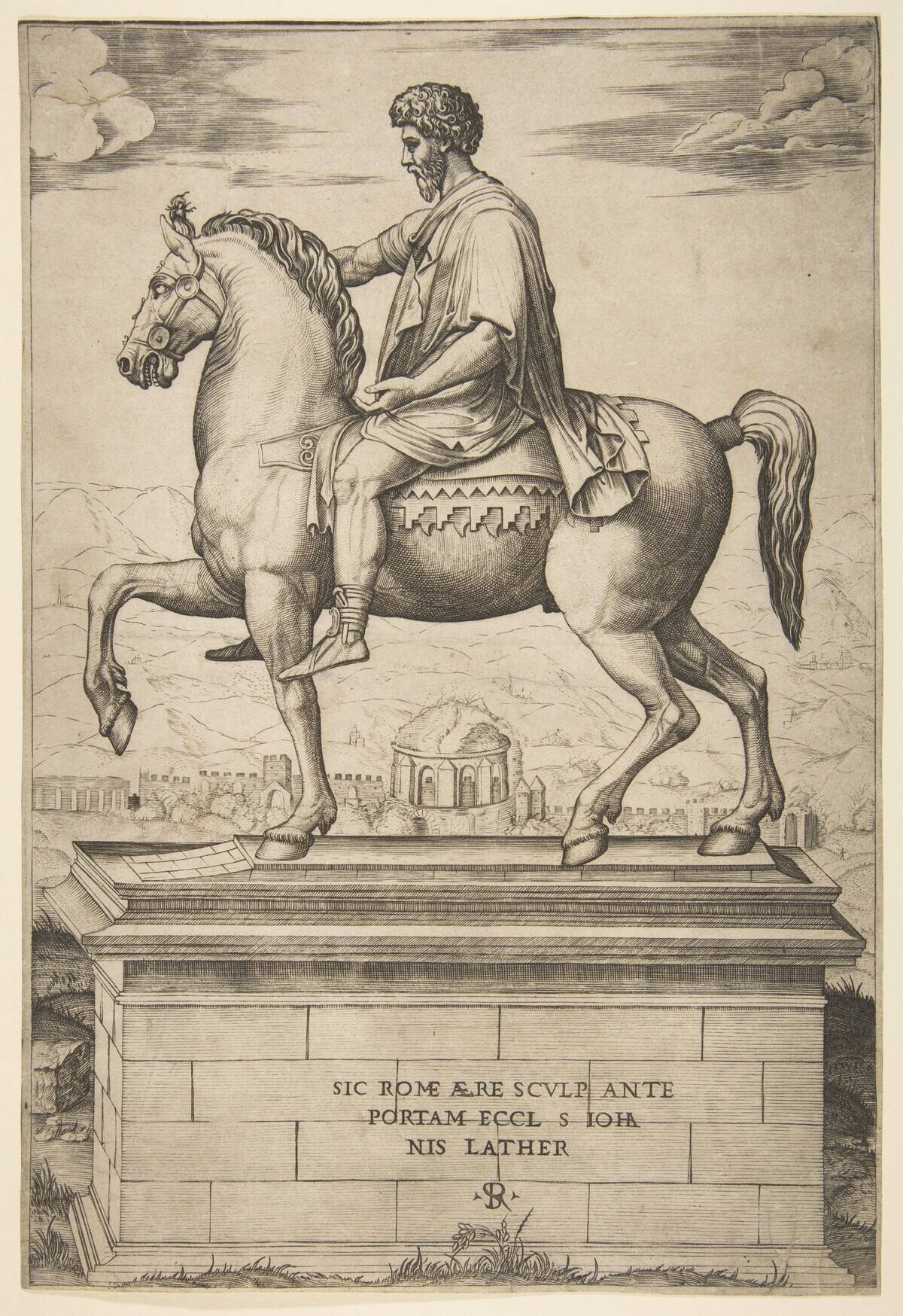
Marcus Aurelius, known as the philosopher king, was a ruler whose reign was marked by intellect and reflection. He authored ‘Meditations,’ a series of personal writings that offer deep insight into his philosophy and approach to leadership. Despite facing numerous military conflicts and a devastating plague, Marcus Aurelius remained committed to the Stoic principles of duty and service. His reign is often seen as a model of wisdom and restraint amid adversity.
Vespasian: The Emperor Who Brought Stability

Vespasian rose to power after the chaotic Year of the Four Emperors and played a crucial role in restoring stability to the Roman Empire. He is credited with initiating the Flavian dynasty and undertaking significant financial reforms to replenish the empire’s treasury. Vespasian also began constructing the iconic Colosseum, a symbol of Rome’s enduring legacy. His practical approach to governance and fiscal responsibility earned him a reputation as a stabilizing force.
Constantine the Great: The First Christian Emperor
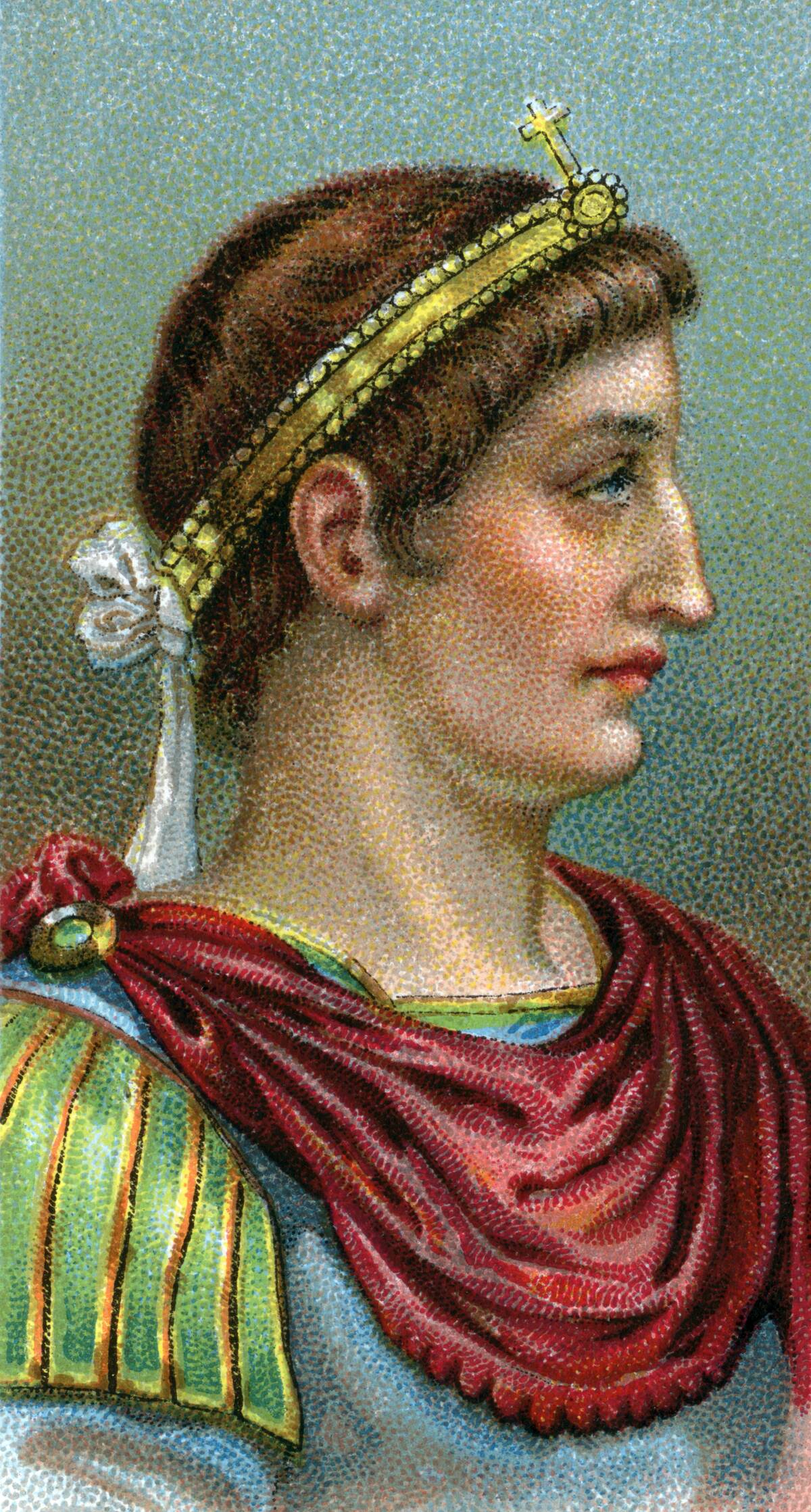
Constantine the Great is best known for being the first Roman emperor to convert to Christianity, a decision that profoundly influenced the empire’s future. His Edict of Milan in 313 AD granted religious tolerance throughout the empire, leading to the spread of Christianity. Constantine’s reign also marked significant administrative and military reforms, including the establishment of a new capital, Constantinople. His legacy is one of transformation, bridging ancient Rome with the Christian world.
Claudius: The Unlikely Emperor Who Proved His Worth
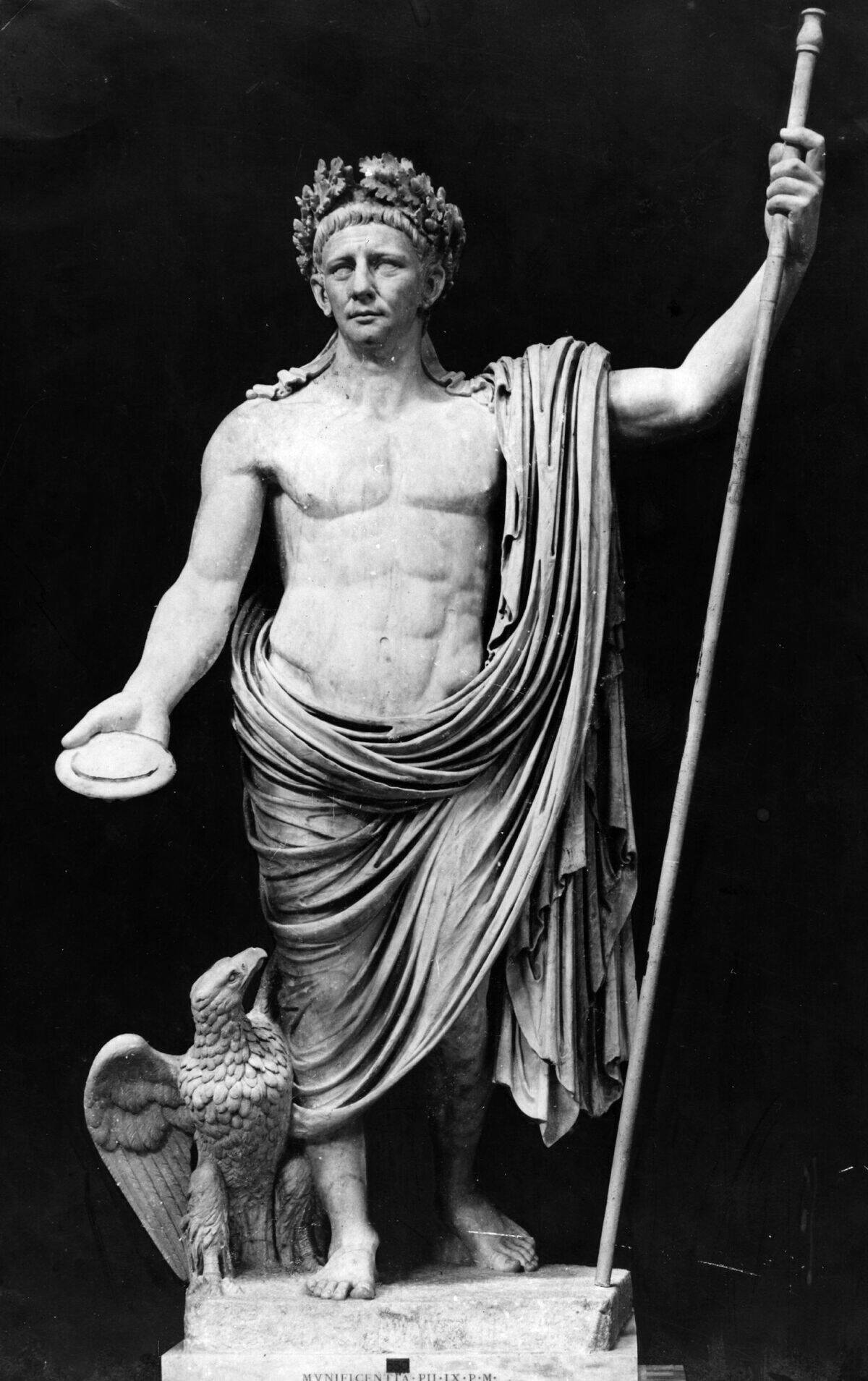
Claudius, often underestimated due to his physical disabilities and scholarly demeanor, proved to be a surprisingly effective emperor. Ascending to power after the assassination of Caligula, he focused on expanding the empire, notably through the conquest of Britain. Claudius also implemented bureaucratic reforms and improved the empire’s legal system, demonstrating his administrative acumen. His reign defied expectations, showcasing that unconventional leaders could still achieve greatness.
Antoninus Pius: The Peaceful Reformer
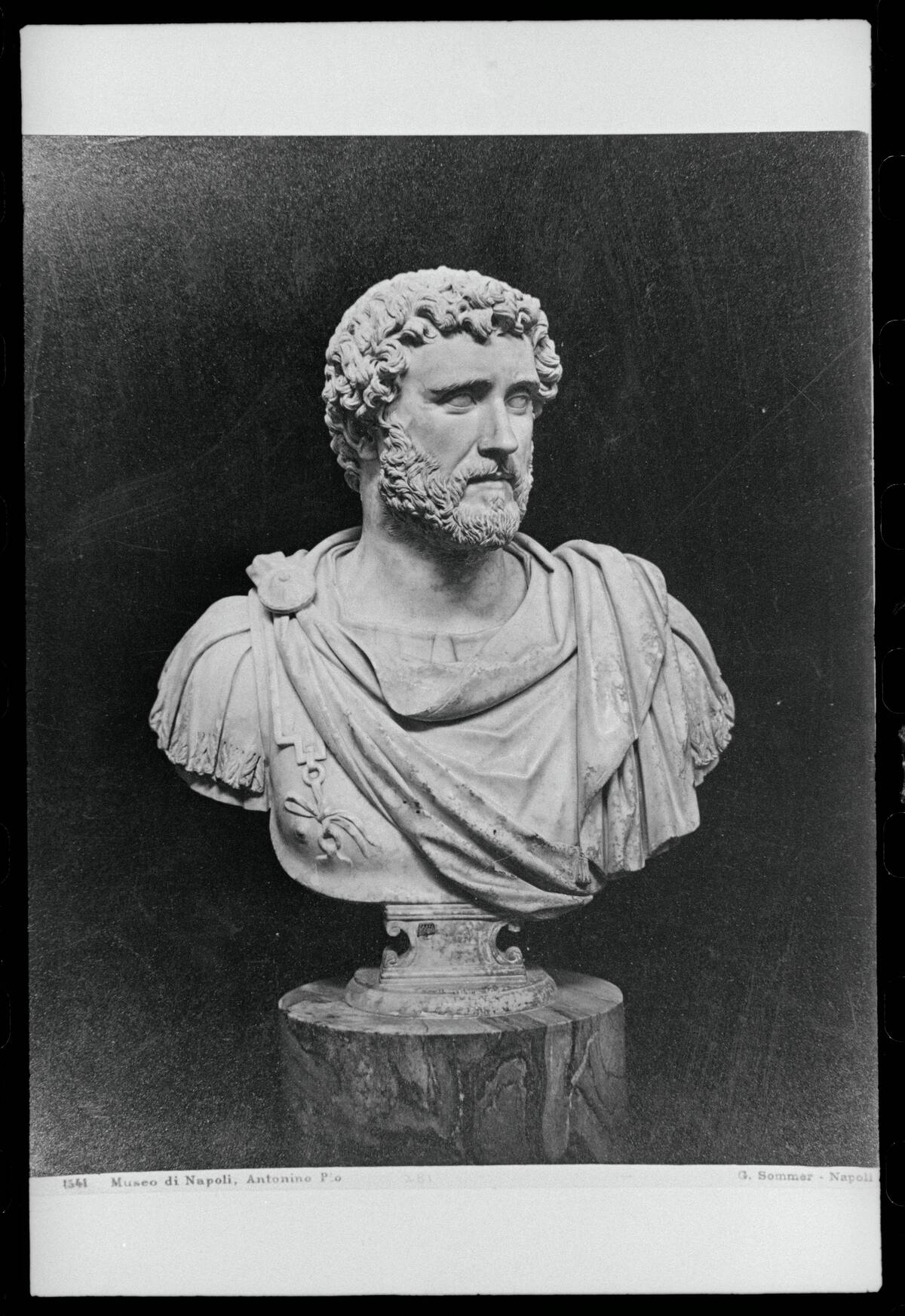
Antoninus Pius is remembered as a peaceful and benevolent ruler, with his reign marked by internal stability and economic prosperity. He maintained the empire’s borders without engaging in significant military conflicts, focusing instead on legal and administrative reforms. Antoninus Pius worked to improve infrastructure, including roads and aqueducts, enhancing the quality of life for Roman citizens. His reign exemplified the potential for peaceful governance and effective reform without the need for conquest.
Diocletian: The Reorganizer Who Saved the Empire
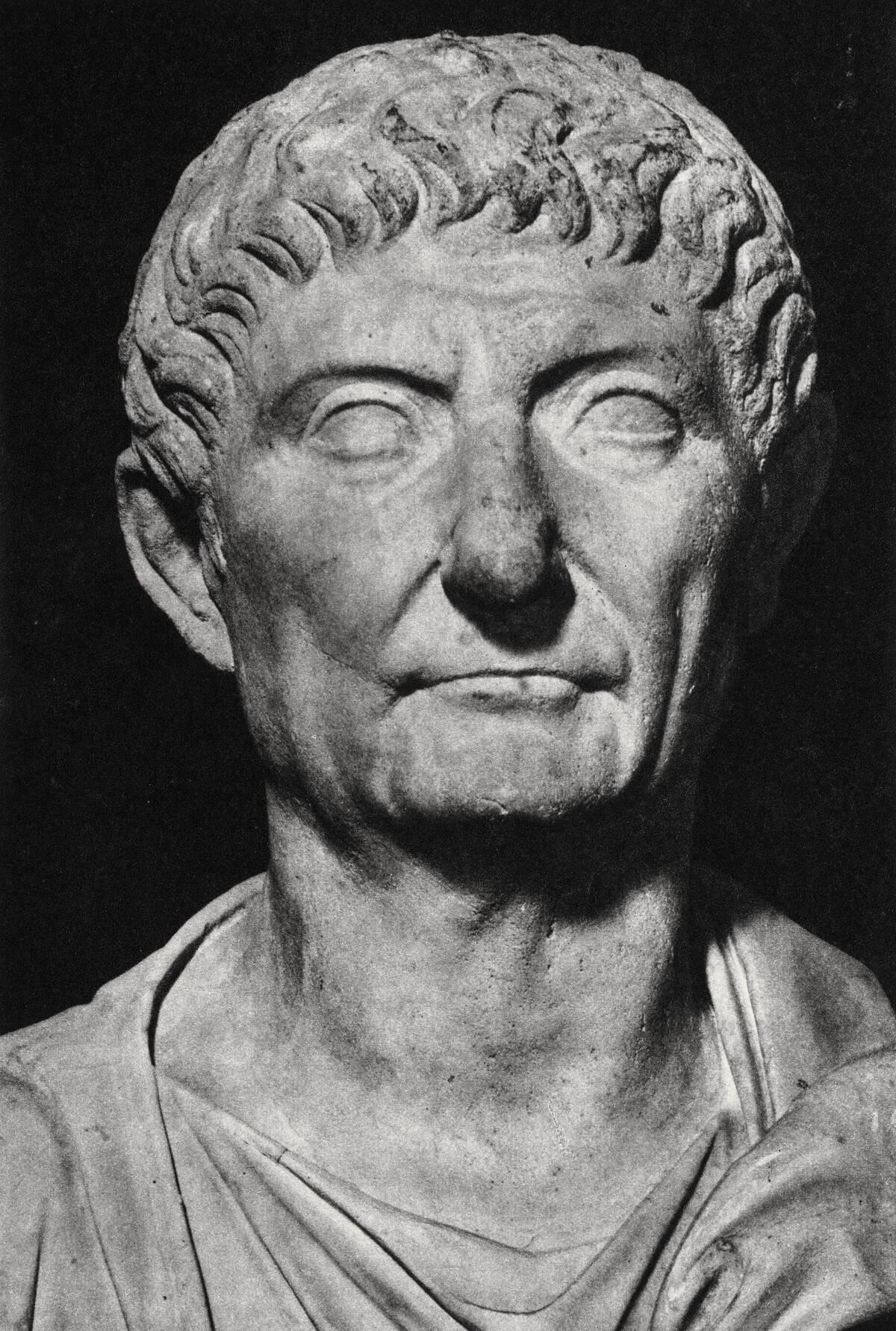
Diocletian is credited with stabilizing the Roman Empire during a period of severe crisis. Recognizing the challenges of governing such a vast territory, he divided the empire into a tetrarchy, with four co-emperors sharing power. This restructuring helped manage the empire’s vast resources and maintain order. Diocletian also enacted significant economic reforms, including the introduction of a new tax system. His efforts are often seen as crucial in prolonging the life of the empire.
Aurelian: The Restorer of the World
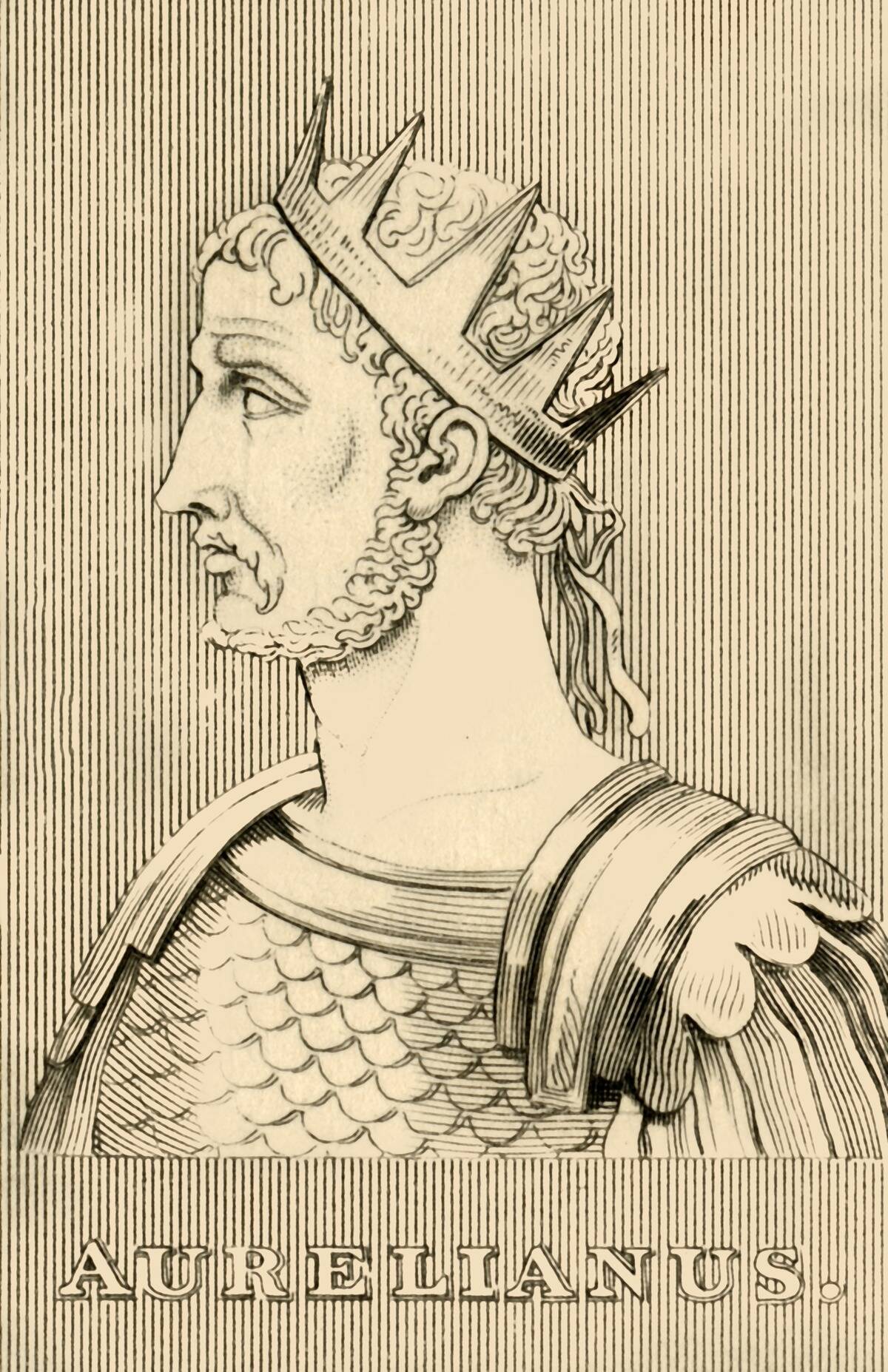
Aurelian earned the title ‘Restorer of the World’ for his efforts to reunify and stabilize the Roman Empire during a time of fragmentation. He successfully quelled internal rebellions and reclaimed territories lost to breakaway states. Aurelian’s military prowess and strategic acumen helped restore the empire’s integrity. He also initiated the construction of the Aurelian Walls in Rome, bolstering the city’s defenses. His reign was short but impactful, marking a turning point in the empire’s fortunes.
Nerva: The Emperor Who Started the Five Good Emperors Era
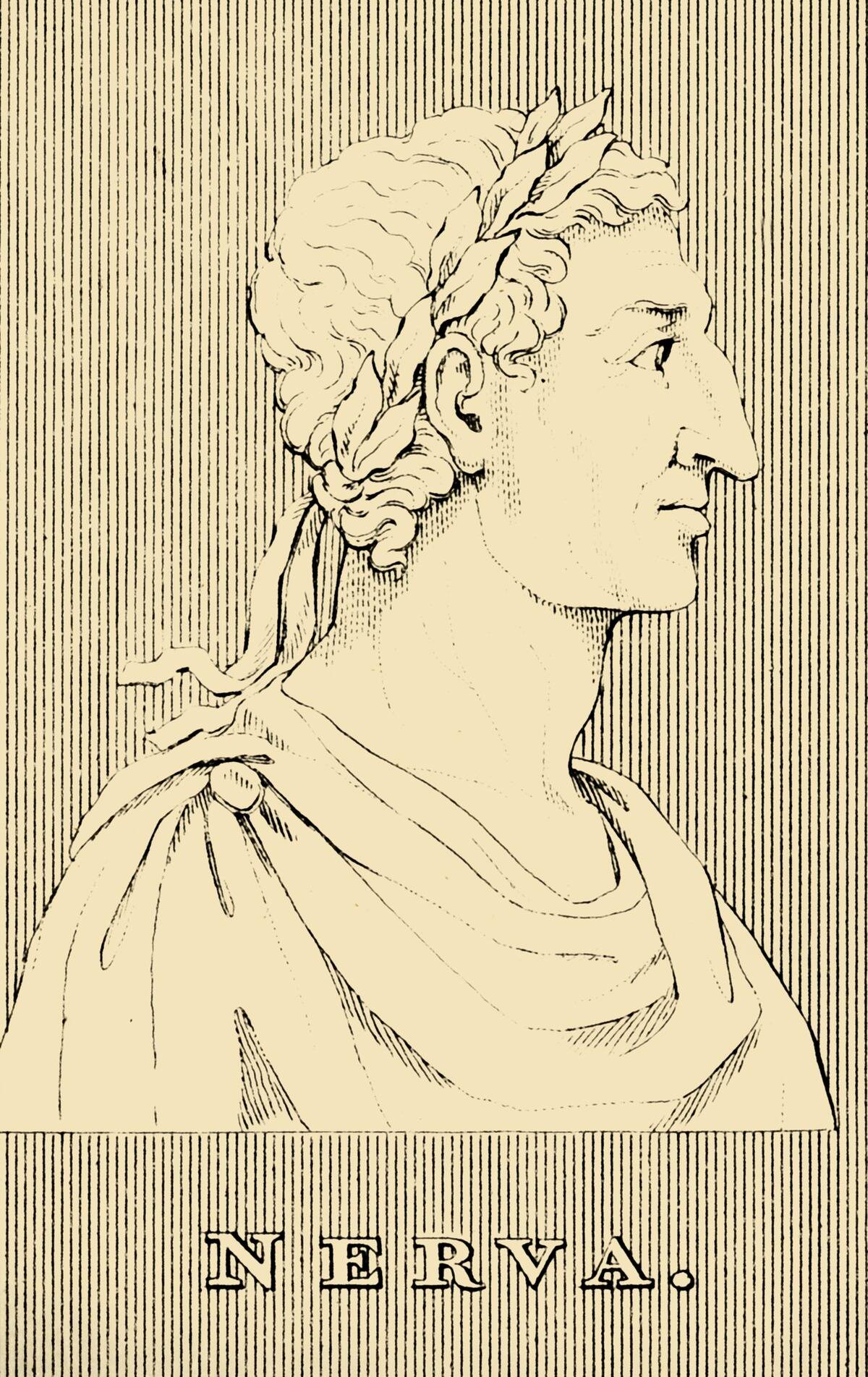
Nerva’s brief reign marked the beginning of the Five Good Emperors era, a period of relative peace and prosperity for the Roman Empire. Ascending to power after the tumultuous rule of Domitian, Nerva focused on restoring trust and stability. He implemented social welfare programs and enacted fiscal reforms to address economic challenges. Nerva’s most significant contribution was his adoption of Trajan as his successor, setting a precedent for merit-based succession that ensured continued stability.
Septimius Severus: The Founder of a Dynasty
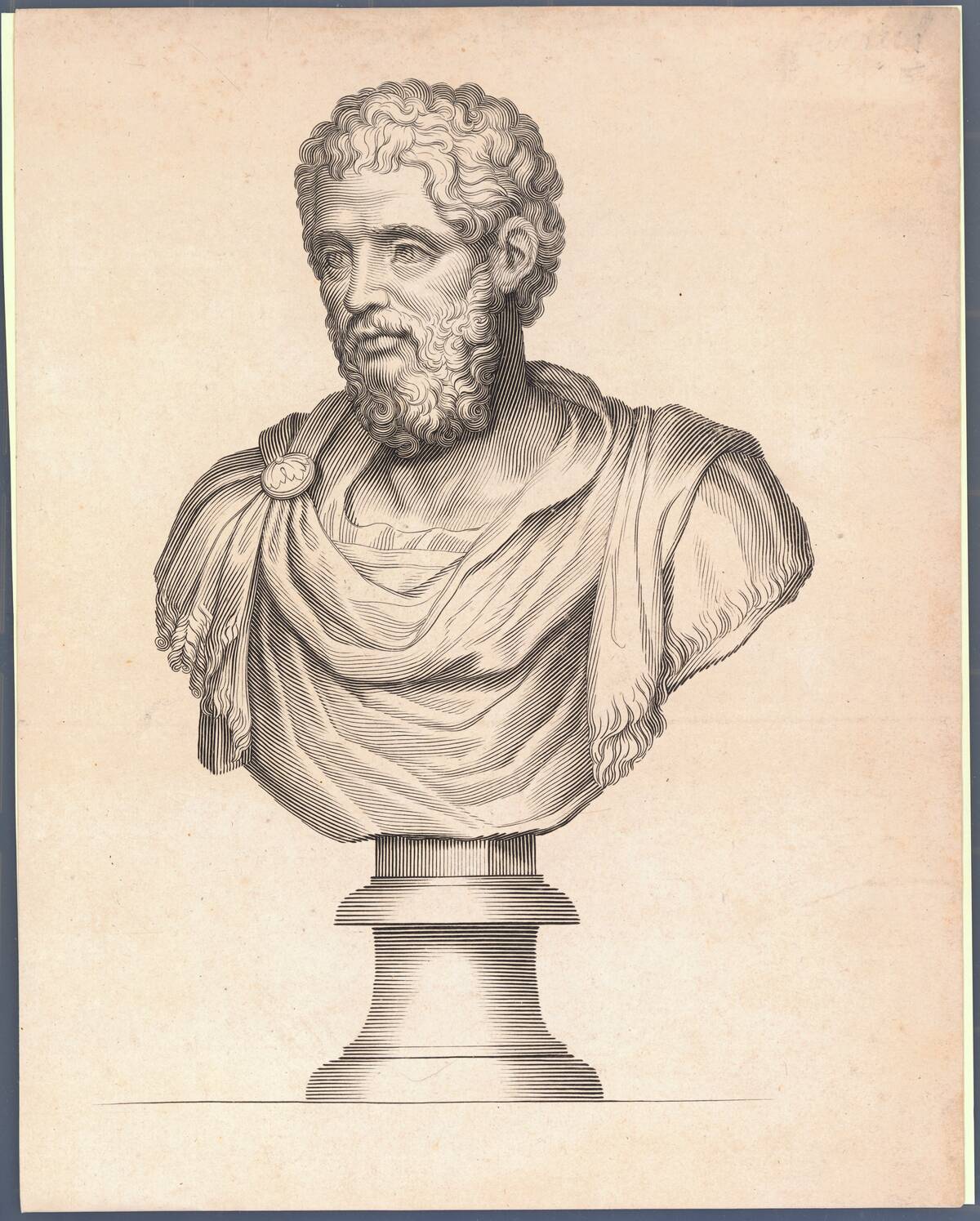
Septimius Severus was the founder of the Severan dynasty, a period of significant change and expansion for the Roman Empire. His reign was marked by military campaigns that strengthened Rome’s borders, particularly in Africa and the East. Severus also initiated legal reforms and improved soldiers’ conditions, securing their loyalty. His legacy includes architectural achievements such as the Arch of Septimius Severus in the Roman Forum, symbolizing his military successes and contributions to the empire.
Titus: The Benevolent Ruler Who Completed the Colosseum
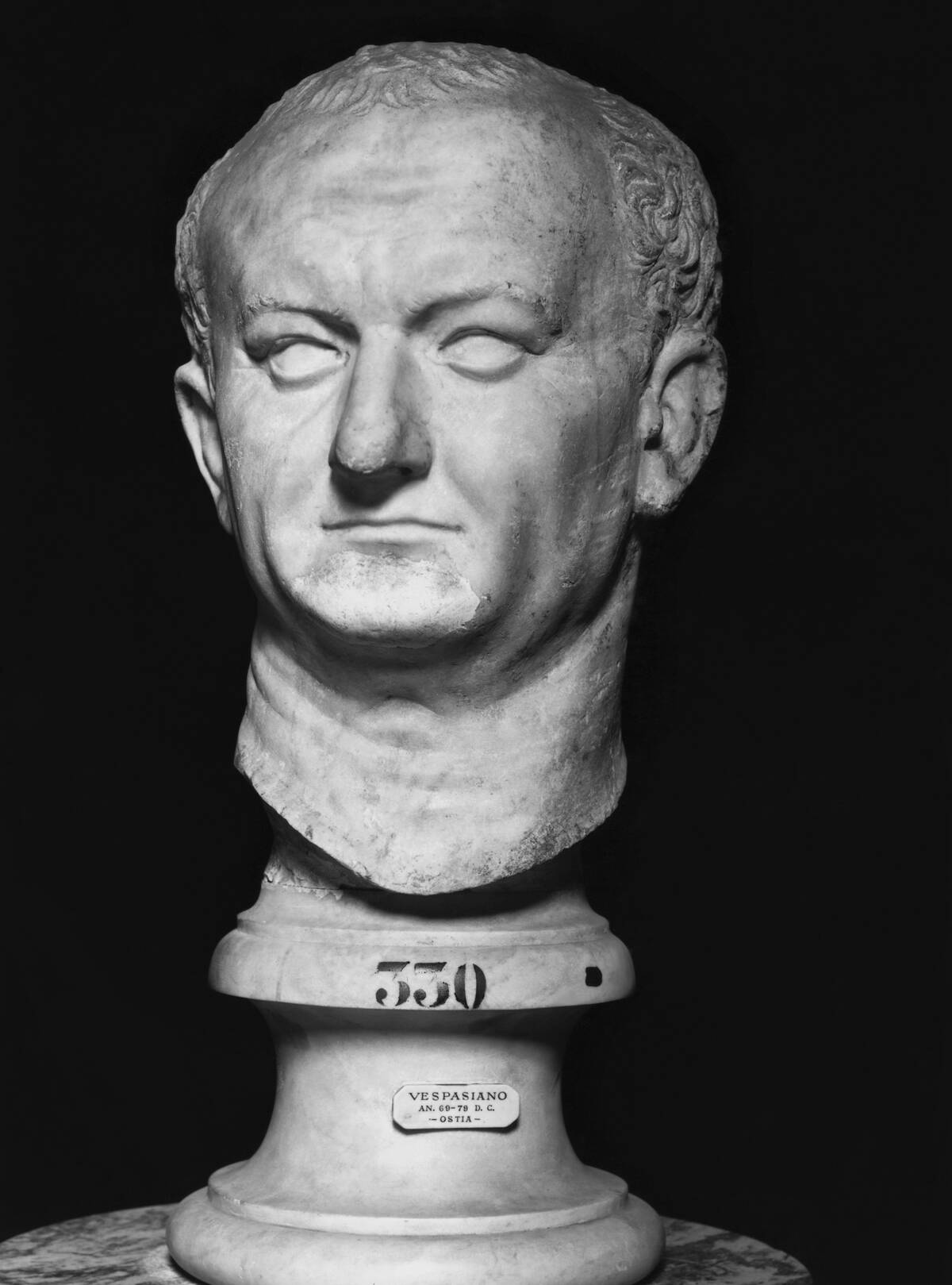
Titus is best remembered for completing the Colosseum, one of Rome’s most iconic structures. Known for his benevolence, Titus’ short reign was marked by his compassionate response to natural disasters, including the eruption of Mount Vesuvius and a fire in Rome. He provided relief efforts and financial aid to those affected, earning him the people’s affection. Titus’ commitment to public welfare and infrastructure projects solidified his reputation as a caring and effective ruler.
Legacy of Effective Leadership in the Roman Empire
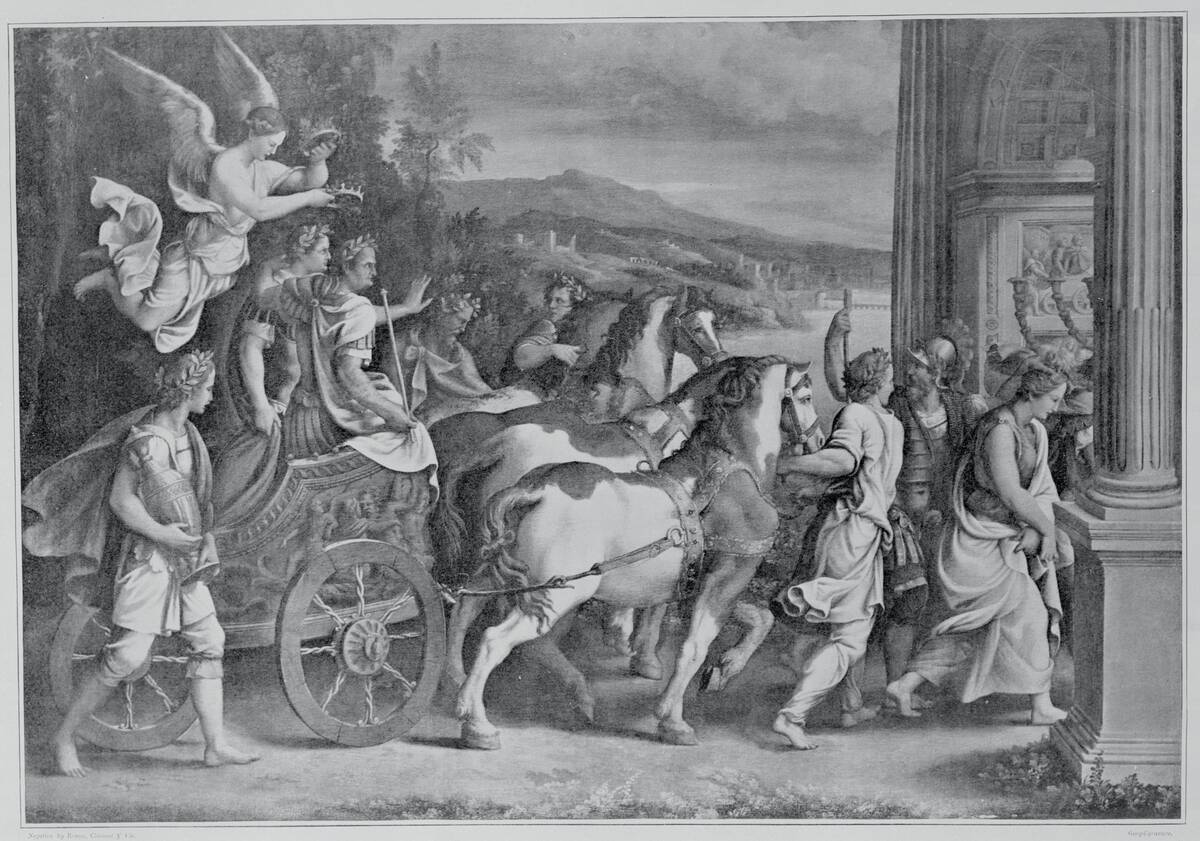
The legacy of effective leadership in the Roman Empire is evident in its lasting influence on Western civilization. The pragmatic approaches of its emperors to governance, law, and military strategy laid the groundwork for modern statecraft. The architectural and cultural achievements of the empire continue to inspire and educate today. From Augustus to Constantine, these emperors demonstrated that visionary leadership could overcome challenges, ensuring the empire’s enduring legacy in history.



